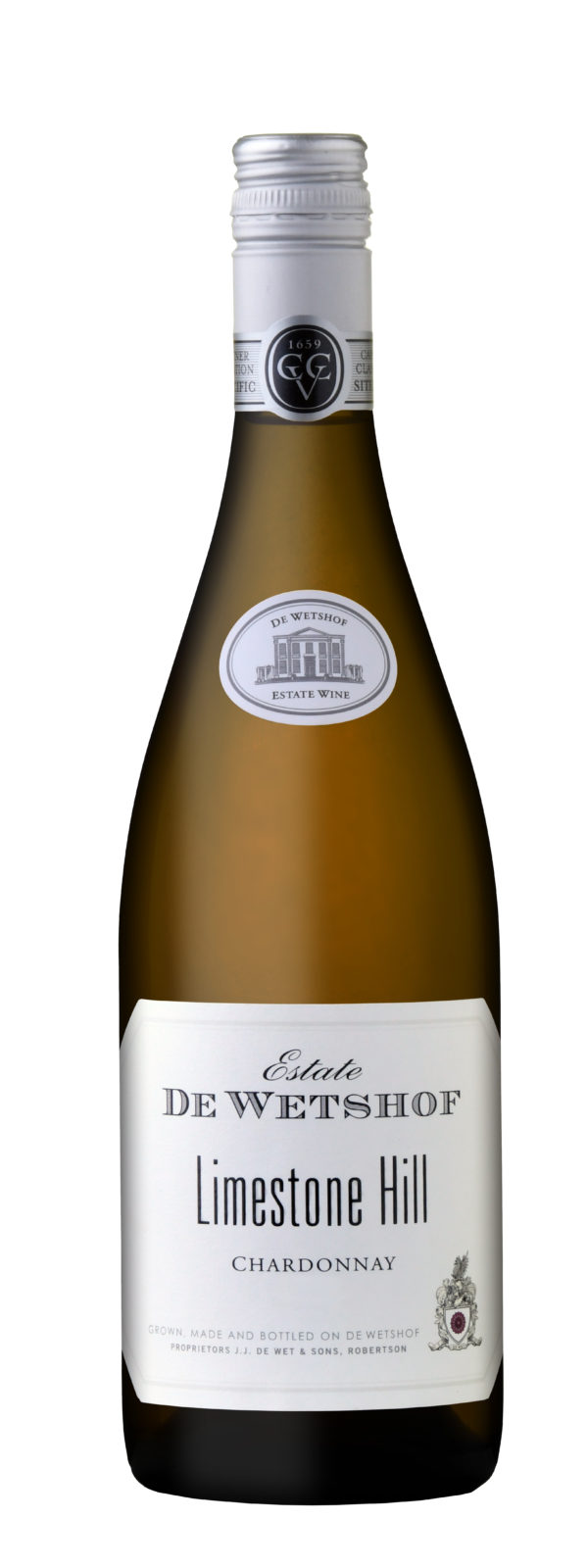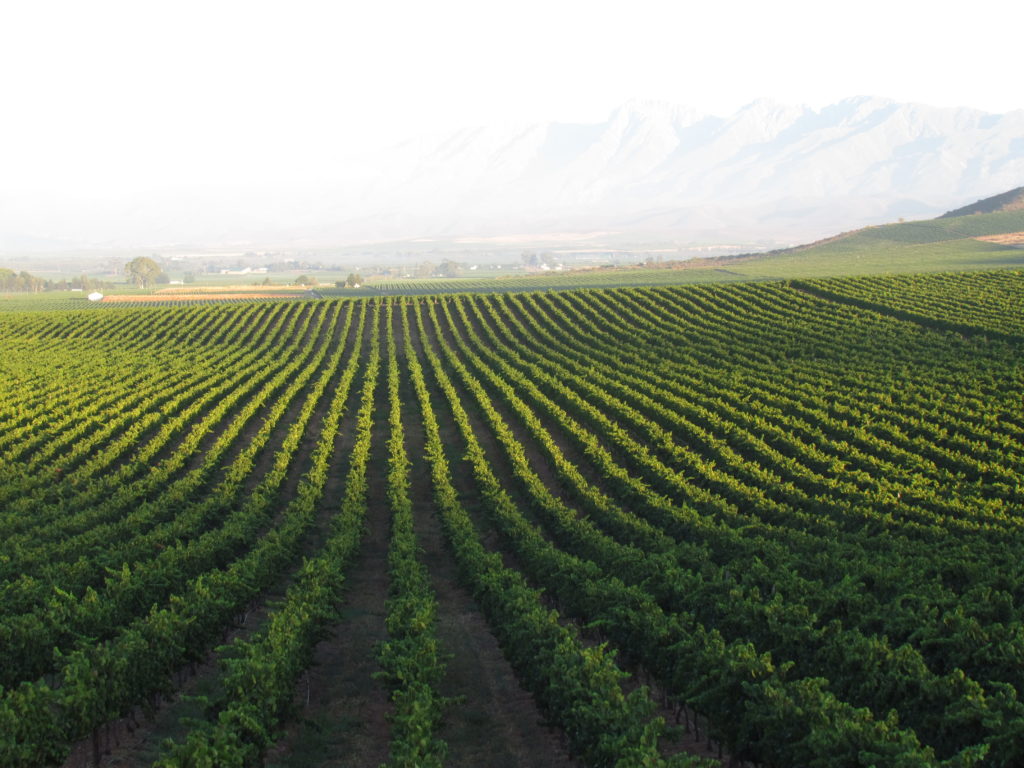Whilst the world’s great Chardonnays involve a time spent in the recesses of a barrel, the un-timbered versions of wines made from this grape are not to be sniffed at, as those remarkably pure Chablis wines have shown for centuries.
The growth of sales in unwooded Chardonnays confirms an appreciation for this style has spilled onto these southern shores of ours, with some leading wine brands counting them among their top sellers.
De Wetshof in Robertson was the first Cape winery to put an unwooded Chardonnay on the market when Bon Vallon hit the shelves in the early 1990s. And 1998 saw De Wetshof releasing the first vintage of Limestone Hill Chardonnay, a wine that has gone on to pretty much drive the unwooded category here.

The casual name, modest pricing at under R100 as well as the slightly sweeter, more tropical essence found in this wine helped change the way South Africans saw Chardonnay in general.
Johann de Wet, now CEO of De Wetshof, says: “Limestone Hill has turned into one of our leading brands, the result of getting the wine into the market-place, as well as the irreverent name and image.
“But the most important factor is the focus we put behind this wine in its making: you don’t just make an unwooded Chardonnay by taking the barrels away. You have to have specific terroir suited to bringing out elements in an unwooded wine that would not work as well in a wooded one. And in the cellar it has to be handled with a knowing sense of allowing the complexities of flavours Chardonnay to show, while at the same time restraining some of the exuberance so as to capture the purity and zest.”

As far as the wine-making is concerned, well, it begins at 2am when the grapes are harvested in the coolness of post-midnight. Once de-stemming, pressing and overnight settling are complete, the juice is racked-off from the sediment and pumped into stainless steel tanks for alcohol fermentation. After fermentation, the wine is left on the lees for five to six months under controlled temperatures. Weekly stirring of the lees ensures maximum flavours are released until the wines are ready for bottling.
It is, thus, not surprising that the complete structure of the wine is the first thing that gets people when tasting the 2020 Limestone Hill. Fresh from this year’s harvest, the wine’s honey-drop and sherbet prickles have calmed down to show a calmer, yet more vivid, expression of Chardonnay purity.
The most obvious is the juicy grapefruit, a taste experienced in quite a few of De Wetshof’s other Chardonnays, but most pronounced in the Limestone Hill. The citrus element drives the wine, yet an engaging hit of summer melon – the orange one – and ripe figs further the Garden of Edenesque pleasure of the wine.
Cool, fun, wonderful and Chardonnay.
Picture/s: Supplied






